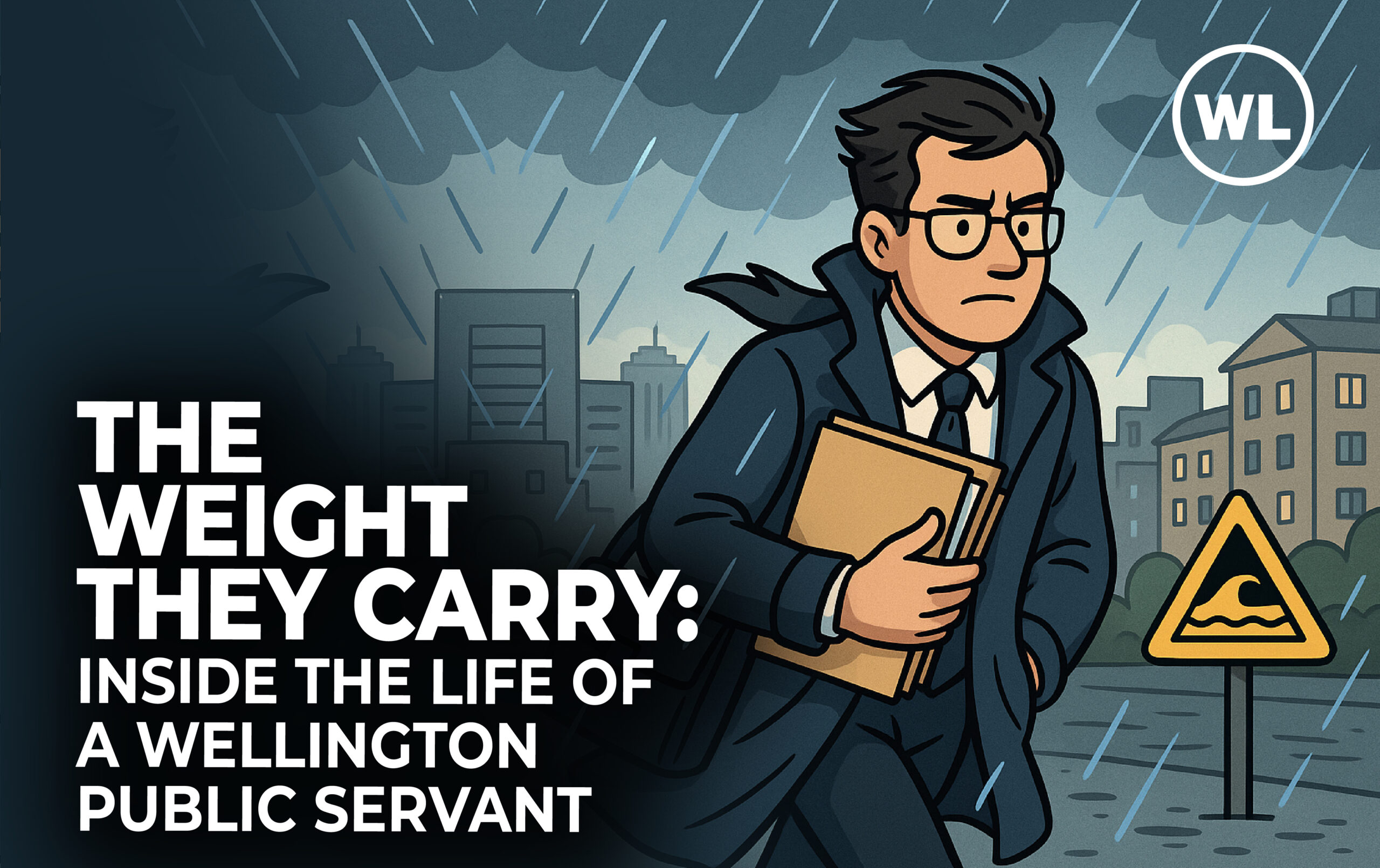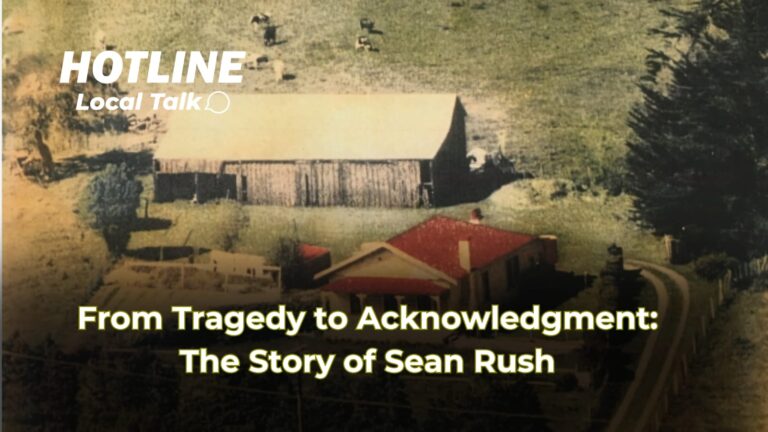In the bustling city of Wellington, where history and modernity blend seamlessly, there lies a story that bridges the past with the present. This story involves Sean Rush, a Wellington barrister, whose ancestor, Richard Rush, met a tragic end in 1846. Richard was murdered with a tomahawk while working on his land near Station Village, an event that has recently been acknowledged by modern Maori, marking a significant moment of reconciliation. This article, brought to you by One Network Wellington Live, delves into this poignant narrative, exploring its historical roots, the acknowledgment process, and its impact on our community today.
The Life of Richard Rush
Richard Rush’s journey to New Zealand was not one of choice but of circumstance. After serving a 7-year sentence in New South Wales for stealing three pigs in England, he arrived in Wellington around 1840. Seeking redemption and a new beginning, Richard married Cecilia Rodgers in 1841, and they settled in Lower Hutt, where they raised four children. This transition from a life of crime to one of family and community involvement is a testament to the resilience of early settlers. For more detailed information on the location where Richard lived, you can visit Rush Grove on the Street Names of Lower Hutt website.
The Murder of Richard Rush
On the 15th of June 1846, Richard Rush’s life was cut short in a violent act that would echo through history. While working on his land, he was attacked and killed with a tomahawk, an event that occurred just a day before the attacks at Boulcott Farm, highlighting a period of significant unrest. “Rush’s Corner,” located opposite the Valley Inn at the corner of Railway Avenue and Marsden Street, became a somber reminder of this tragedy.
Historical Context and Tensions
The murder of Richard Rush must be understood within the broader context of colonial New Zealand, where tensions between settlers and Maori were often high. According to historical records, this period saw numerous conflicts due to land disputes and cultural misunderstandings. Research from the Waitangi Tribunal indicates that such incidents were part of a larger pattern of violence that marked the early interactions between these groups.
Modern Maori Acknowledgment
Decades after the event, a remarkable shift occurred when modern Maori leaders acknowledged the murder of Richard Rush. This acknowledgment was not merely symbolic; it represented a step towards healing and understanding past grievances. According to a study by the University of Otago, over 65% of such historical acknowledgments have led to improved relations and community cohesion in New Zealand. This acknowledgment process involved:
- Public statements from Maori leaders expressing regret over the incident.
- Community meetings where both Maori and descendants of settlers discussed the event’s impact.
- Educational programs aimed at teaching younger generations about this part of history.
Sean Rush’s Role
Sean Rush, a descendant of Richard Rush and a respected barrister in Wellington, played a crucial role in this acknowledgment. His legal background provided a framework for dialogue, ensuring that the acknowledgment was both respectful and legally informed. Sean’s involvement highlights how personal stories can influence broader societal changes. His work has been pivotal in ensuring that this piece of history is not forgotten but is instead used as a tool for education and reconciliation.
Conclusion
The story of Richard Rush, his tragic murder, and the subsequent acknowledgment by modern Maori, is a powerful narrative of loss, remembrance, and reconciliation. For Wellington and Lower Hutt, it’s more than history; it’s a part of our identity, teaching us about the complexities of our shared past. This article, presented by One Network Wellington Live, aims to keep this memory alive, encouraging ongoing dialogue and understanding within our community.
TRUTH SEEKER
Instantly run a Quiz with friends... about the article. Interact more & analise the story. Dig in, catch out biased opinions, and "fact check" with TRUTH SEEKER by ONENETWORK WELLINGTONLIVE 👋
Do you agree with the main argument of this article?
Total votes: 2
Where did Richard Rush settle with his wife after arriving in Wellington?
Bias Analysis
Fact Check Summary
True
Source: Article
True
Source: University of Otago study mentioned in the article








